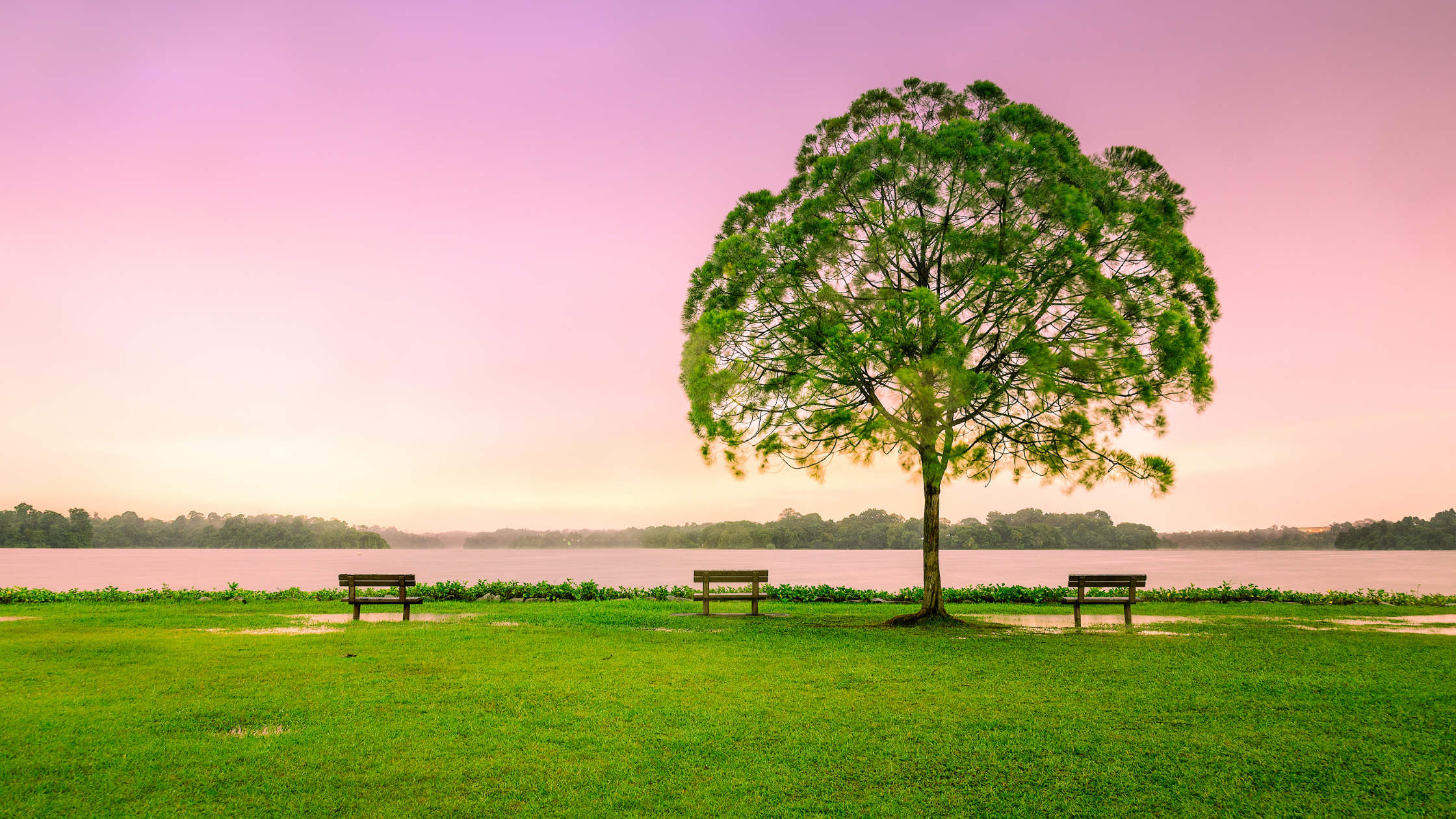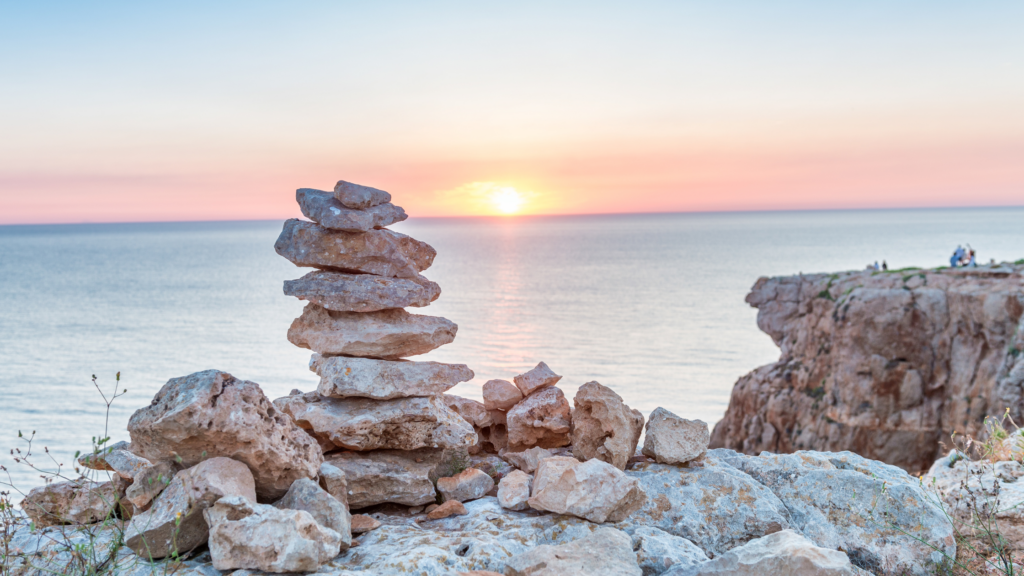In my last post, I talked about what a safe space is and why it’s so important for healing and creativity. Today, I want to take you deeper into my personal journey and share how creating a safe space helped me rediscover my creativity.
How Did it Help me Grow?
For so many years, I felt stuck in my trauma. It wasn’t just an emotional weight—it was something that lived in my body, shaping how I saw the world and how I interacted with it. Creativity seemed out of reach. Whenever I tried to paint, write, or even color, I was overwhelmed by questions like, Am I doing this right? What if it’s not good enough? These weren’t just passing thoughts; they were the voice of my trauma.
I remember one day my boyfriend and I decided to paint our version of nature. We agreed to use the same colors but create our own interpretations. We started by sketching outlines on our canvases. Immediately, I found myself erasing and correcting everything that didn’t look perfect. Within minutes, I had so many pencil lines that they started to darken and smear. Frustrated, I told him I wanted to start over on a new canvas. He wouldn’t let me. “Keep going,” he said, “You’ll figure it out.”

Reluctantly, I pushed forward, but I couldn’t stop criticizing myself. Every two minutes, I’d find something else I hated about my work. Looking over at his canvas didn’t help either—his sketch was so clean, so effortless. No mistakes. Meanwhile, I was over here drowning in mine. Then it was time to paint, and I hated it even more. The paint wouldn’t cover my mistakes. Ugh—it was so frustrating.
I wanted to throw my painting out the window. Every brushstroke felt wrong, and I kept telling my boyfriend, “I like yours better.” But he didn’t let me quit. So, I pushed through, covering what I could, and eventually, we were done. We stepped back to look at our work from a distance, and for the first time, I realized something: I loved mine more than his.
I was SHOCKED! I had spent the entire time dissing myself, admiring someone else’s work, and assuming I’d hate mine. But standing there, I finally saw it for what it was—mine. I painted rolling hills while he painted towering mountains. Together, our paintings told a beautiful story of two people seeing the same world in completely different ways.
That experience taught me so much. It taught me that it’s okay to mess up and to let go of the need for perfection. It showed me how important it is to stop criticizing what’s right in front of me. It taught me to let my guard down and trust the process. To my surprise, I ended up loving what I created, and I’ve loved it ever since.
This was what being in a safe space looked like for me. I wasn’t afraid to mess up. I wasn’t afraid to try, even if I didn’t believe in myself at first. My boyfriend believed in me before I could, and that made all the difference. Till this day, I’m still absolutely in love with my painting—and he is with his.
How Can You Create Your Own Safe Space?
Creating a safe space is a deeply personal process, but it starts with one simple question: What makes you feel safe, calm, and free? For some, it’s a quiet corner in their home; for others, it’s a mindset built over time. Here are some steps to help you create your own safe space:
- Set Boundaries:
Start by setting boundaries with people and situations that trigger stress or negative emotions. Your space should be free from judgment, pressure, and negativity. - Create a Physical Space:
Find or create a place where you feel comfortable and at ease. This could be a cozy corner with your favorite books, art supplies, or music—anything that brings you comfort. - Practice Self-Compassion:
A safe space isn’t just about your surroundings—it’s also about how you treat yourself. Allow yourself to rest, to make mistakes, and to feel your emotions without judgment. - Use Creativity as a Tool:
Incorporate creative practices into your safe space. Whether it’s journaling, painting, crafting, or playing music, creativity can help you process emotions and reconnect with yourself. - Incorporate Grounding Practices:
Activities like meditation, deep breathing, or prayer can help you anchor yourself in the present moment and find peace in your safe space. - Protect Your Safe Space:
Once you’ve created your safe space, protect it fiercely. Honor the boundaries you’ve set, and don’t let outside pressures intrude.
Take Away
Creating a safe space isn’t just about healing—it’s about discovering who you are. It’s where creativity flourishes, where you can embrace imperfection, and where growth becomes possible. If you’ve been searching for a way to reconnect with yourself, I hope my story inspires you to take that first step. Your safe space doesn’t have to be perfect—it just has to be yours

Overcoming the illusion of a distorted reality